The Forking Paths
WeChat Subscription Account
Customer Service
WeChat: theshopwechat
Email: mail@theshop.art
Online time:
(GMT+8) 11:00-18:00 Mon.- Fri.
Except for CN national holidays

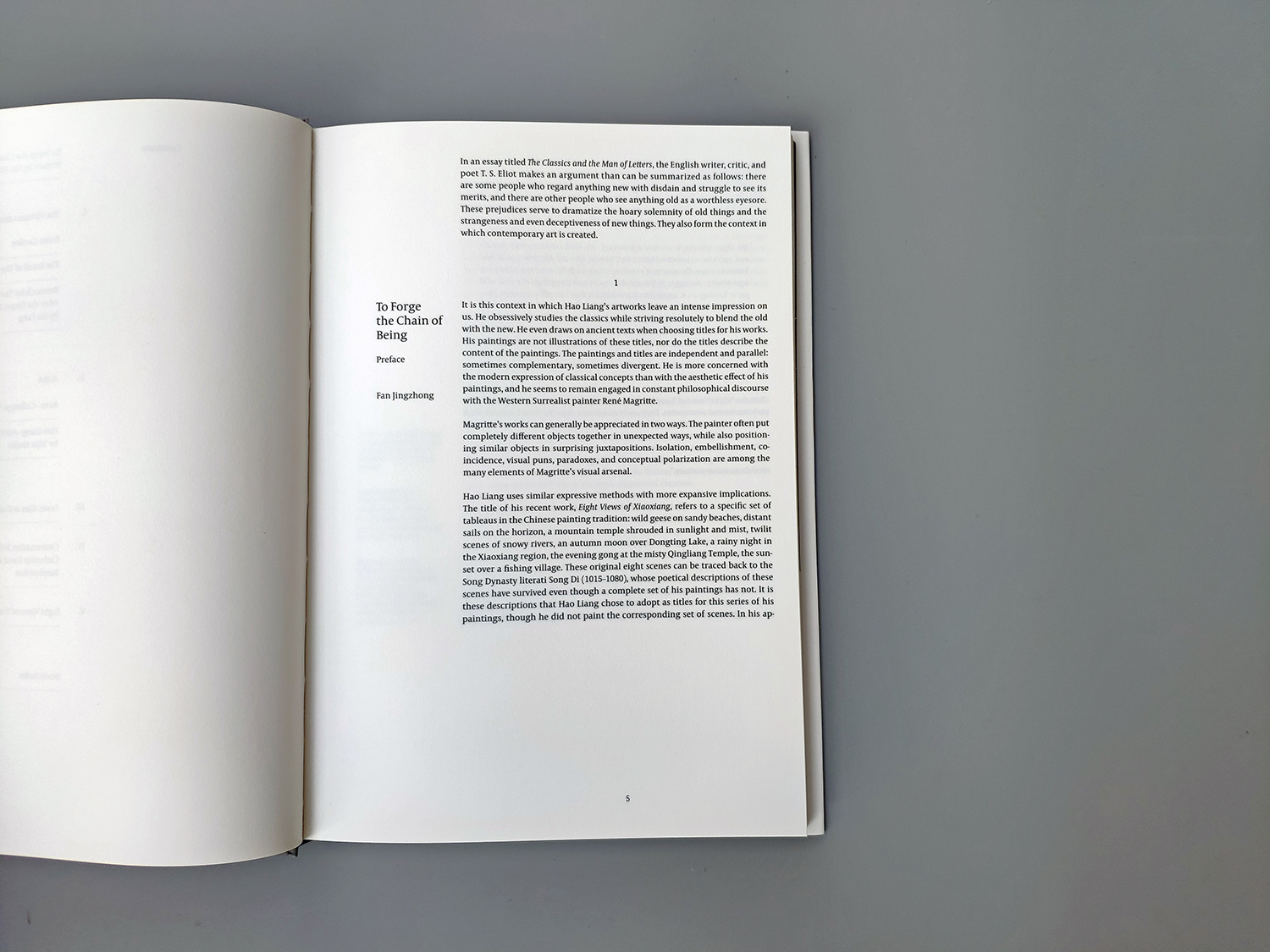

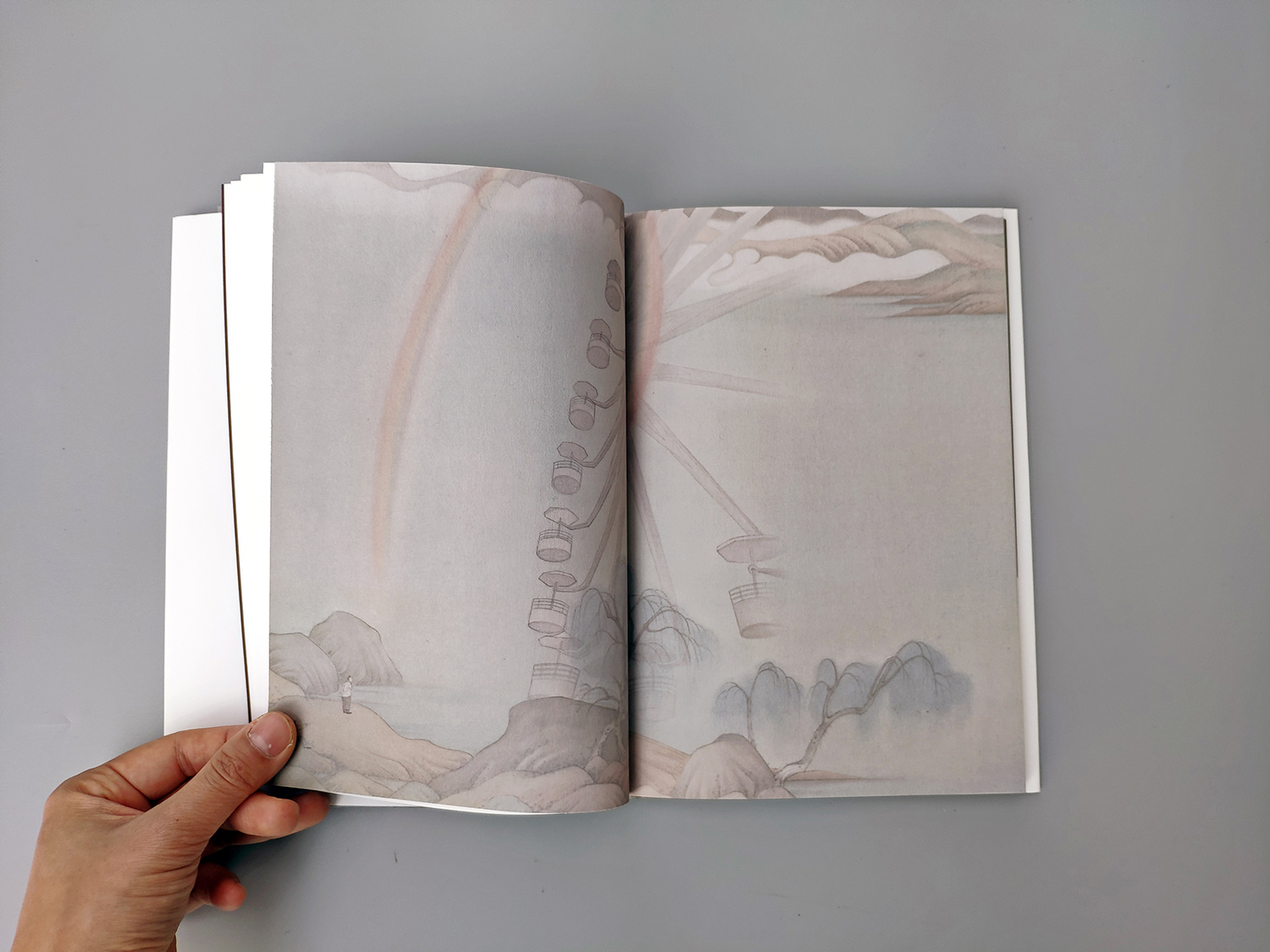
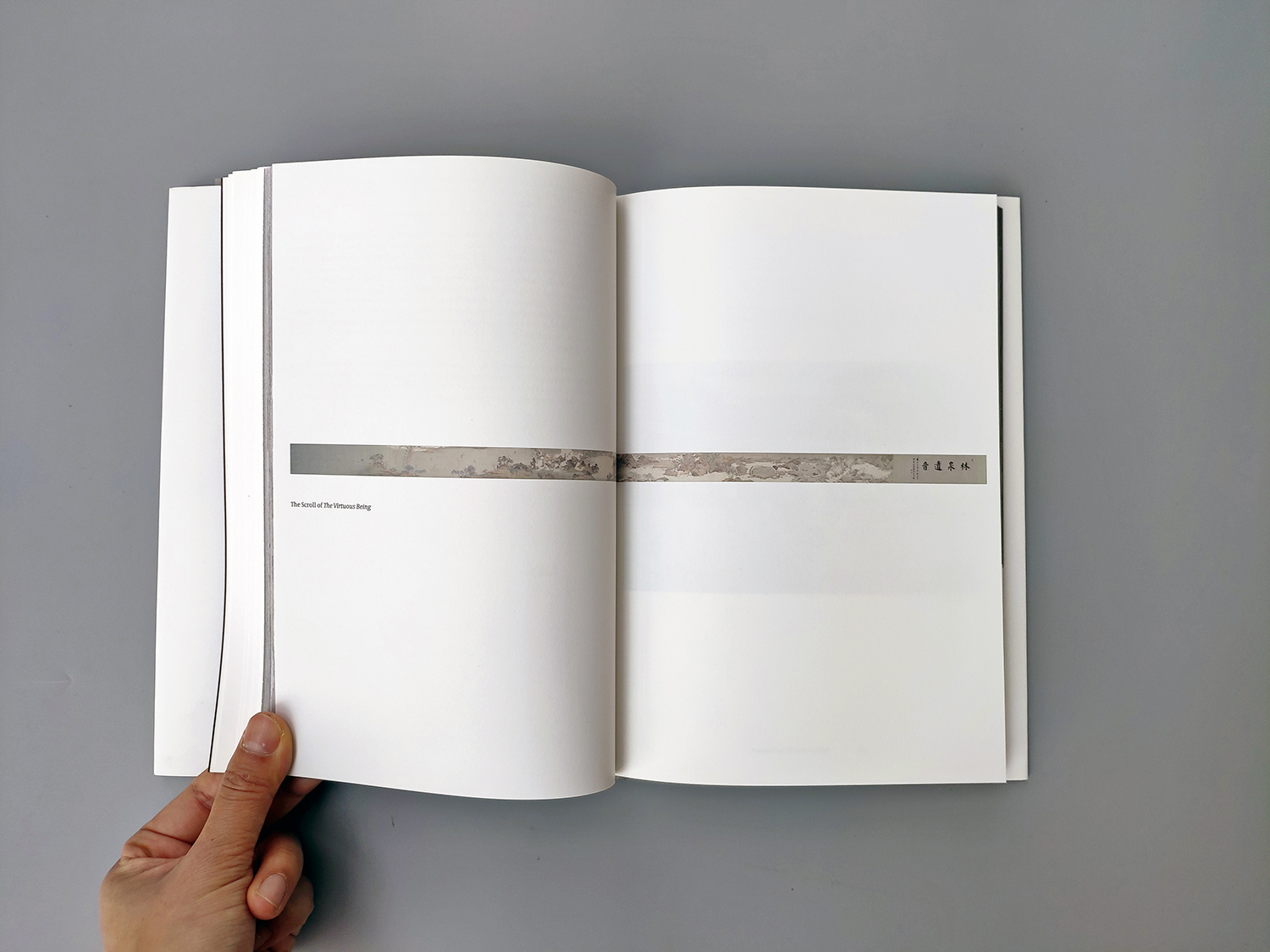
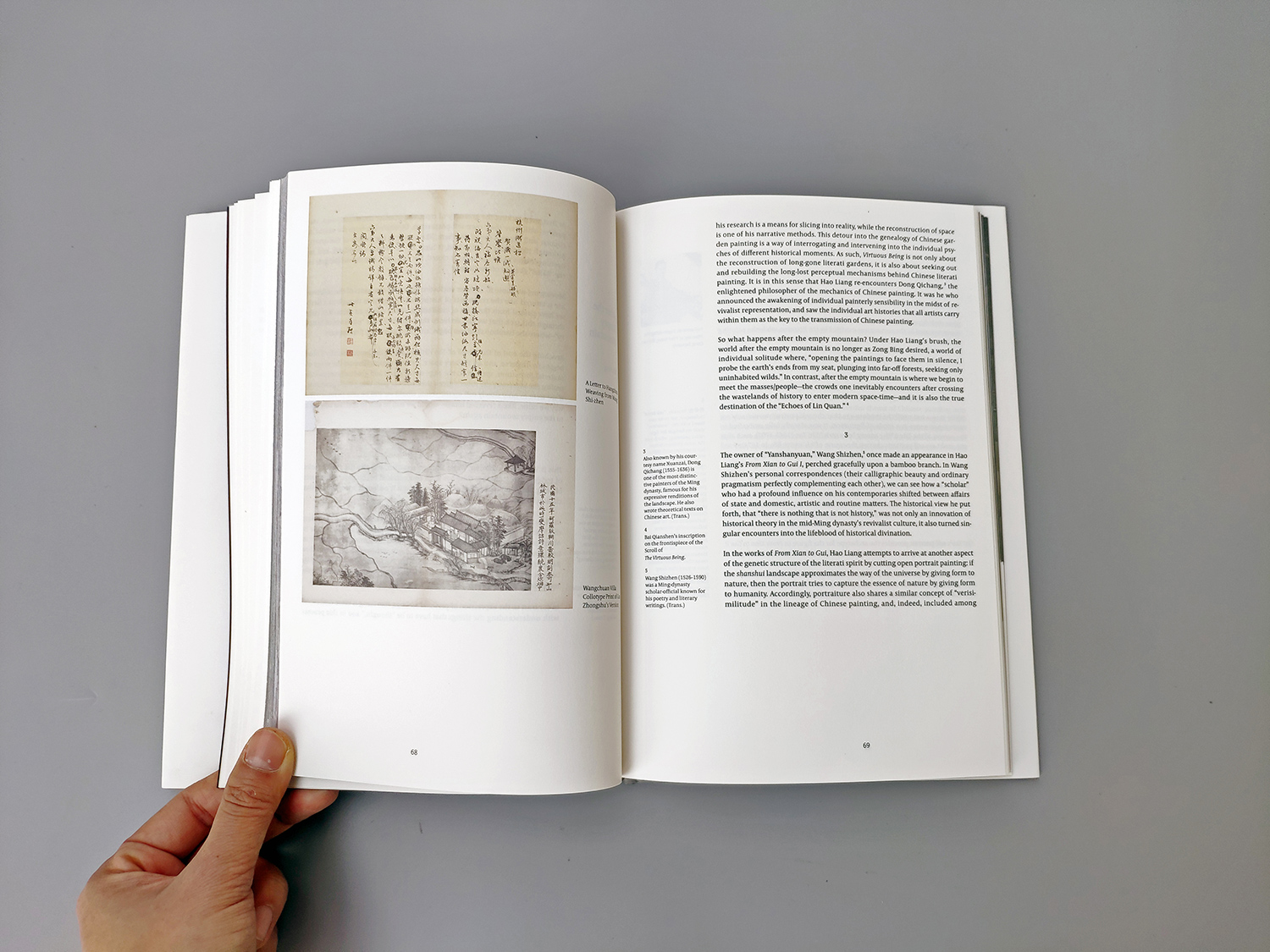
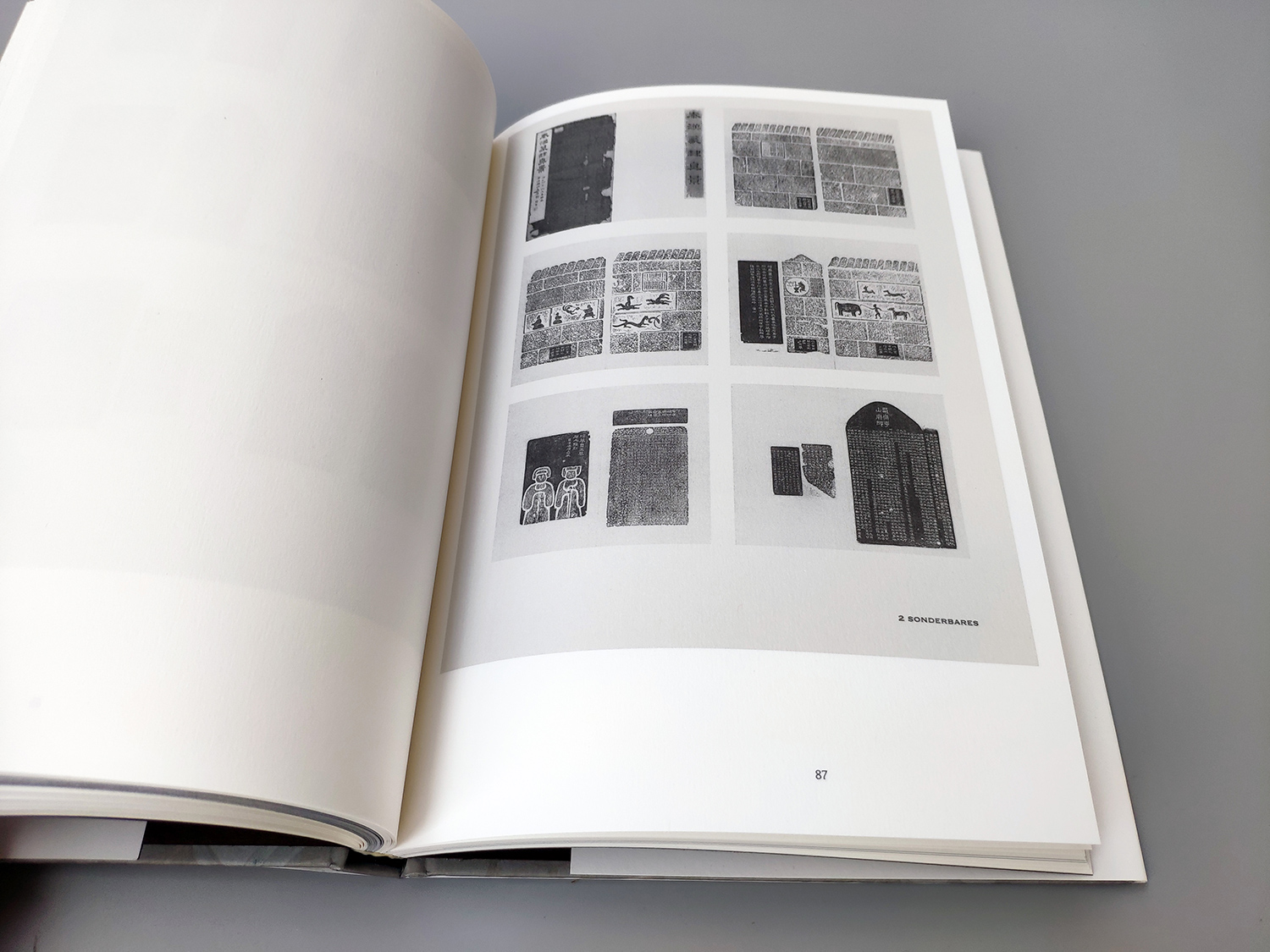

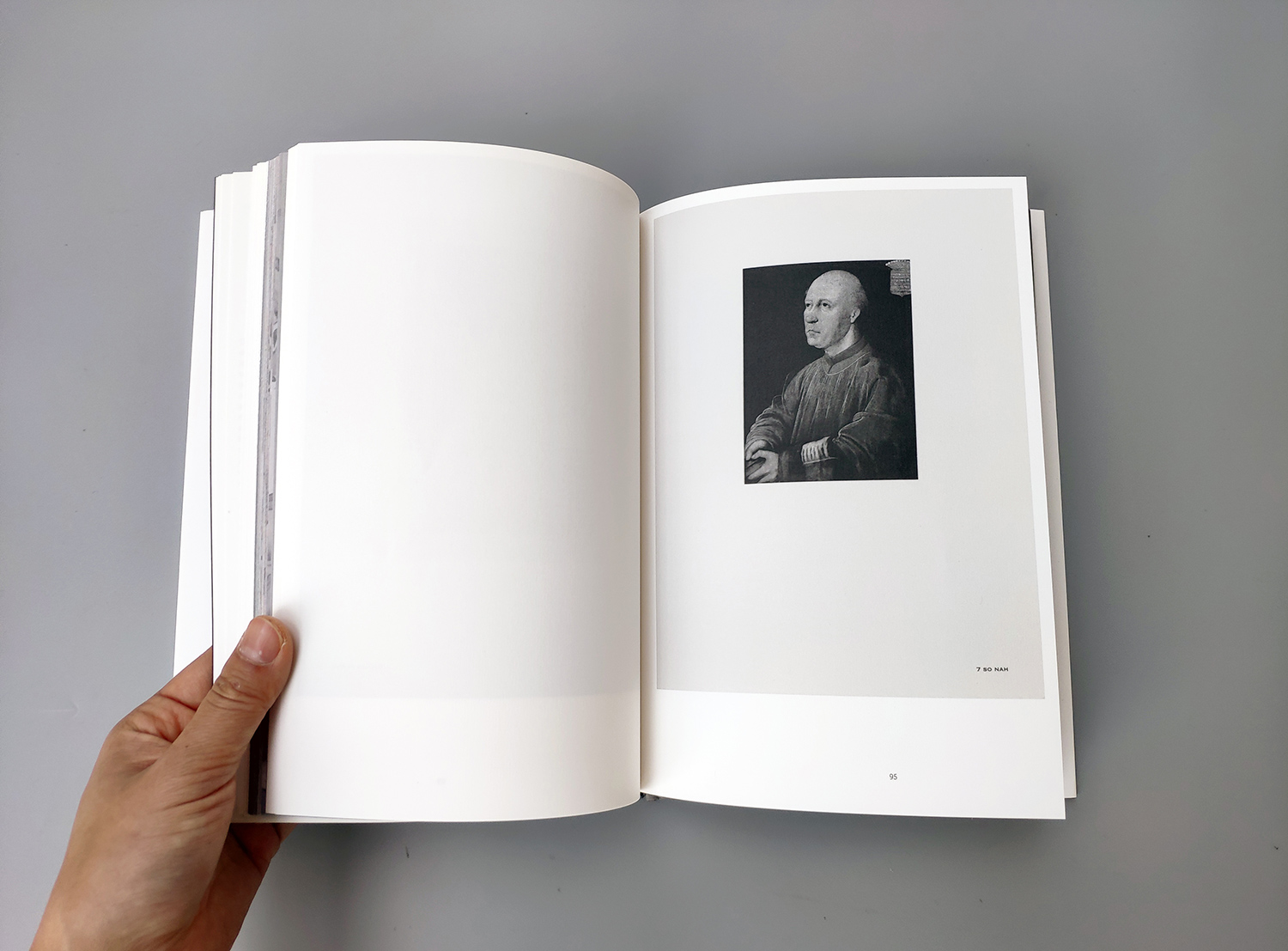
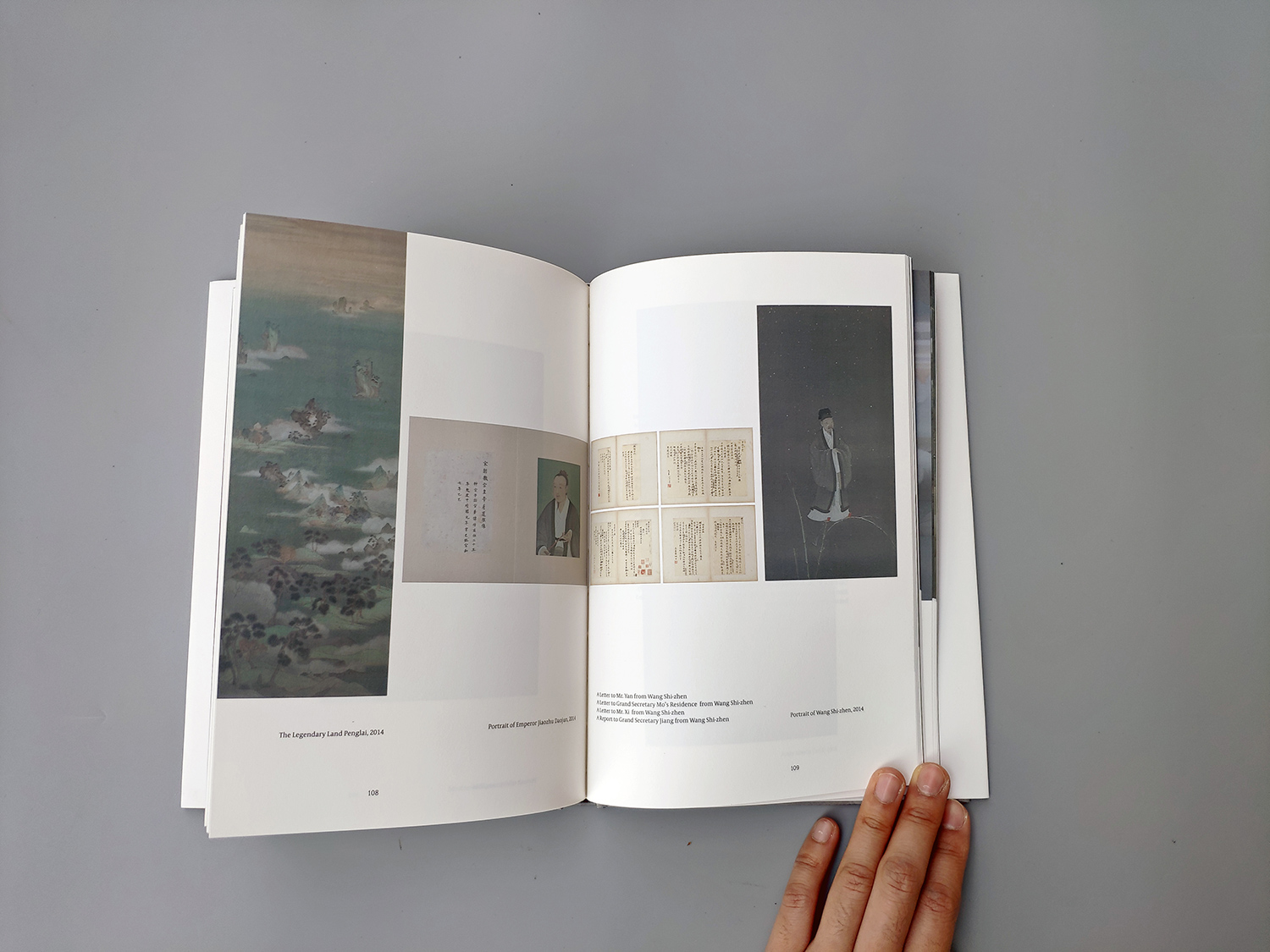

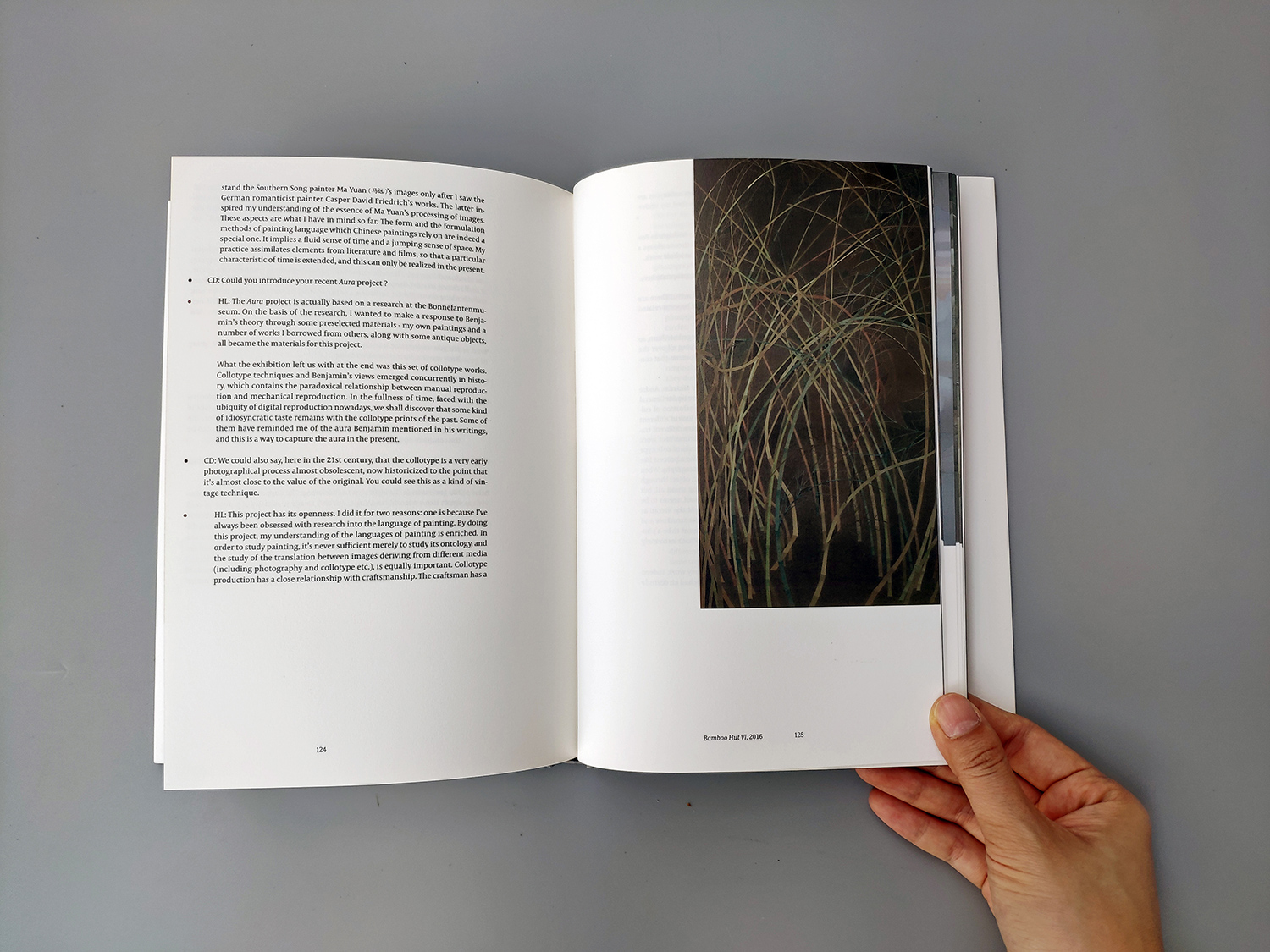


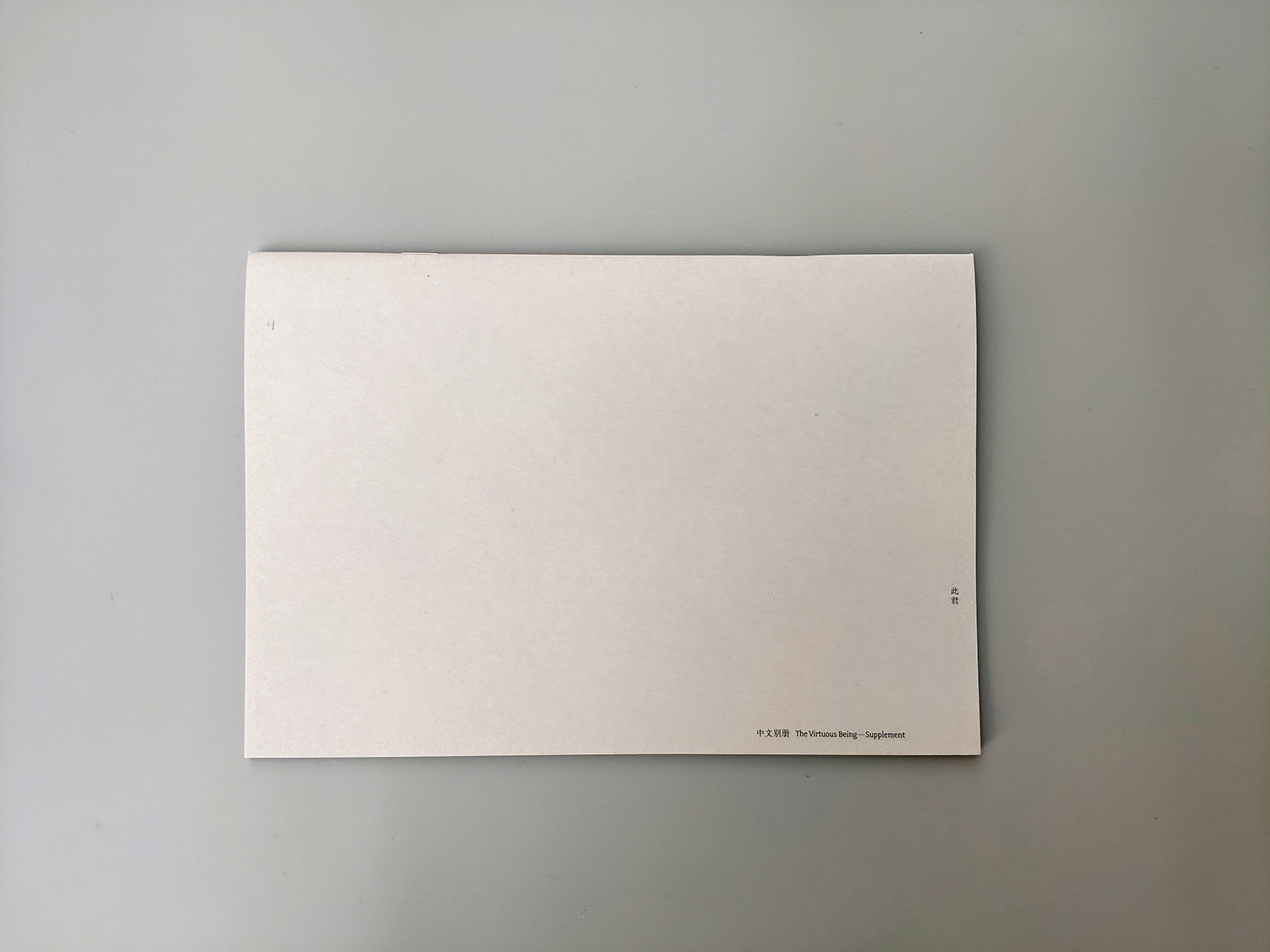
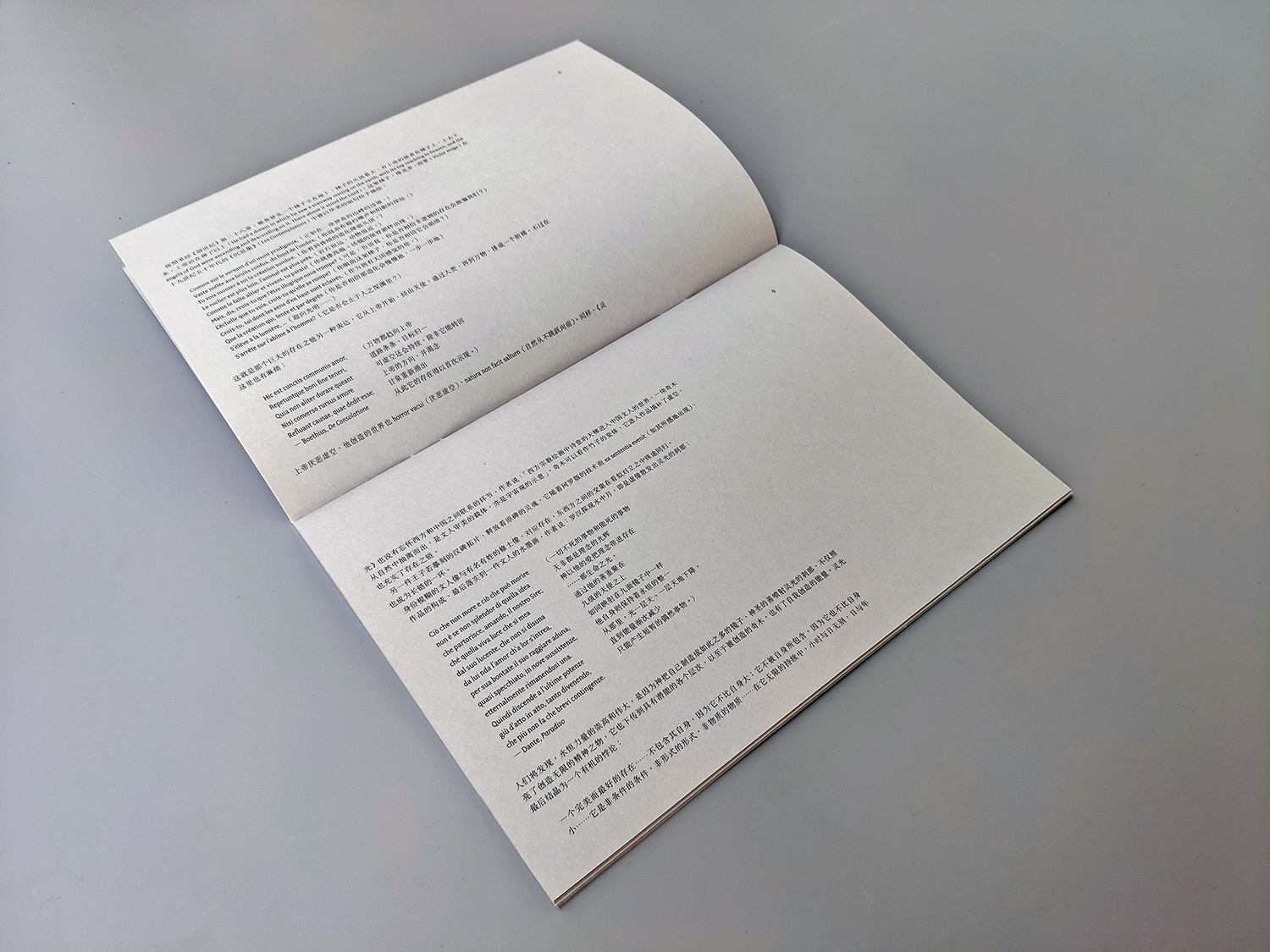
In my long term study, research and practice, I’ve been trying to understand the cultural situation in China today. This quest can never circumvent history and tradition, although we generally think that Chinese cultural traditions have been disrupted. In my view, only in history can we find the causes for the present and compensate for this sense of disruption.
Haoliang: The Virtuous Being weaves together multiple threads to present and ponder upon Hao Liang’s creative practice in the recent years. These threads sometimes run parallel with one another, other times progress or return from one to another. This book starts from The Virtuous Being created between the years of 2013 and 2015, then enters the space of From Xian to Gui via The Aura, created in 2016, and ends with The Eight Views of Xiaoxiang as a gradual fade-out.
The Project of The Virtuous Being originates from the interests and research around Chinese gardens and the literati spirit, The Scroll of the Virtuous Being was inspired by Wang Shizhen’s private garden Yanshan Garden (or Garden of Yan hill), whose winding paths and vicissitudes in history weave together the narratives in the scroll. Parallel to the scroll, The Study on the Virtuous Being comprises of abundant archive materials, print matter, rubbings, manuscripts and photography.
The search for “qi’xi” (breath, air) encouraged Hao Liang to revisit Benjamin’s theory of the “aura”. With collotype as a metaphorical mirror, Hao Liang tries to capture the innate “qi’xi” of the paintings and reflect back upon painterliness using print. As for the source of images in Aura’s collotype works, they all come from Hao Liang’s encounters with “antiques” — could be in museums, or from the collections of friends — they emerge from the mass of historical relics, each one of them is adequate to make one think of the time and fate hidden behind, and Hao Liang is situated right at the intersection of all these different timelines.
In the series of works in From Xian to Gui, Hao Liang tries to reach the other side of the DNA double spiral of the literati spirit via portrait paintings: if we say that Shanshui Painting attempts to approach the “dao” of everything by portraying nature, then we can say that portrait paintings observe the “qi’xi” of creation through portraying the self. Hence, portrait paintings also share the same idea of “chuan’shen” (conveying the spirit, lifelike) in the genealogy of Chinese painting.
In contrast to the expression of personal feelings, Hao Liang is more concerned with understanding the things that have to be “thought,” and in this process his research is a means for slicing into reality, while the reconstruction of space is one of his narrative methods. This detour into the genealogy of Chinese garden painting is a way of interrogating and intervening into the individual psyches of different historical moments. As such, “Virtuous Being” is not only about the reconstruction of long-gone literati gardens, it is also about seeking out and rebuilding the long-lost perceptual mechanisms behind Chinese literati painting.
To Forge the Chain of Being
Preface by Fan Jingzhong
Ⅰ The Virtuous Being
Front Garden
The Scroll of The Virtuous Being
Research for The Virtuous Being
After the Empty Mountain
by Hu Fang
Ⅱ AURA
Aura—Collotype Facsimile of the True View
Hao Liang—Aura
by Stijn Huijts
Ⅲ From Xian to Gui
Ⅳ On the onverging inventions of methods, ethics, history, the present, cosmos and thinking
- Catherine David in Conversation with Hao Liang
Bamboo Hut
Ⅵ Eight Views of Xiaoxiang
Excerpts
Hao Liang – Aura
By Stijn Huijts
During one of his first visits to the Bonnefanten museum, Haoliang's attention was drawn by painted portrait in the Old masters collection. The work, created in around 1500 by an naonymous artist, is among the oldest paintings in the meseum's collection. The subject is a balding, middle=aged man who, lost in though, is gazing into the diatance…
Hao Liang approached the portrait of Evert Zoudenbalch with the open gazze of an artist, a gaze guided primarily by the more intrinsic quelities of the artwork, qualities that transcend the concrete historical reason and function of work or – in the case of a portrait – of the sitter's actual personal details and social function. The question of who exactly Evert Zoudenbalch was is irrelavant such moments, as is the question of whether this portrait was a faithful depiction of the man himself. For Hao Liang, the historic painting does not function as a window through which we can step into the past and experience wht Zoudenbalch's reality looked like. What mainly triggered Hao Liang's interest in Zoudenbalch's portrait was the fact that it reminded him of certain examples of traditional Chinese landscape and portaait painting, in which the subject also serve as vehicles for the depiction of a vision of the word.
To Forge the Chain of Being
Preface
By Fan Jingzhong
The suburbs of creation? Where the wall
Whose battlements look o'er into the vale
Of non-existence, NOTHING'S strange abode!
Say, at what point of space JEHOVAH dropp'd
His alacken'd line, and laid his balance by;
Weigh'd worlds and measur'd infinite, no more?
In this verse from Night Thoughts by the English poet Edward Young (1683-1765), the narrator seems to admit that these questions are too abstruse for simple answers. I do not think that Hao Liang’s art directly answers these questions, but there are beliefs on these subjects concealed within his paintings. His works are certainly difficult to grasp, and even cryptic, for as Eliot said: “Our civilization comprehends great variety and complexity, and this variety and complexity, playing upon a refined sensibility, must produce various and complex results. The poet must become more and more comprehensive, more allusive, more indirect, in order to force, to dislocate if necessary, language into his meaning” (“The Metaphysical Poets”). These challenges faced by the poet are also faced by the philosophically inclined painter. Hao Liang will not directly raise the questions posed by Night Thoughts, but variations of these questions are always present, because we fear losing the philosophical excitement of the past, we fear being cut off from the ancient world, and most of all, we fear being unable to find that remote fountainhead. We collect ancient relics; when we happen to find one or two, we are filled with pleasure. We adoringly treasure their elegance, dwell on their contributions to the clarity of the historical record, and seize the opportunity to appeal to people’s interest in the past. But these collections are fragile. A bit of warfare or calamity could easily extinguish them. We hope that they will become eternal objects, but we invariably prove that eternal is impossible, that eternity is void. Indeed, the true message of the history of our universe is:
On the converging inventions of methods, ethics, history, the present, cosmos and thinking
Catherine David in Conversation with Hao Liang
I’m particularly interested in the art of the Chinese literati. Today, when it comes to literati painting, the first impression that comes to mind would be a painting with an inscription accompanying the painting. Poems, couplets and seals have engendered a particular aesthetic taste and this is actually today’s simplified understanding of literati art. I discovered later that it’s not just formalism. In specific historical times, the literati assimilated many cultural sources and found their confluence through research and practice, and this confluence is literati art. My job is to revisit this, since the present obsession with formalism has drowned-out its true content. It’s necessary then to examine the formation of the literati art form in order to foster reinvention.
I’m equally interested in modern and contemporary art. For me, restructuring the literati creative system is critical for the present. I do it through my own thinking and imagination, so that I can traverse across the past and present. In the current social situation in China it might be more interesting to engage and comprehend contemporary cultural constructs by searching for the kind of modernity intrinsic to Chinese culture that I discovered the openness of literati art. Though specific in its own methodology, it can still accommodate different cultural influences. Many things that interest me could be drawn into this method and became the materials for my work.
The Forking Paths
WeChat Subscription Account
Customer Service
WeChat: theshopwechat
Email: mail@theshop.art
Online time:
(GMT+8) 11:00-18:00 Mon.- Fri.
Except for CN national holidays
Size: 17×23.5 cm
Page: 154
Year: 2018